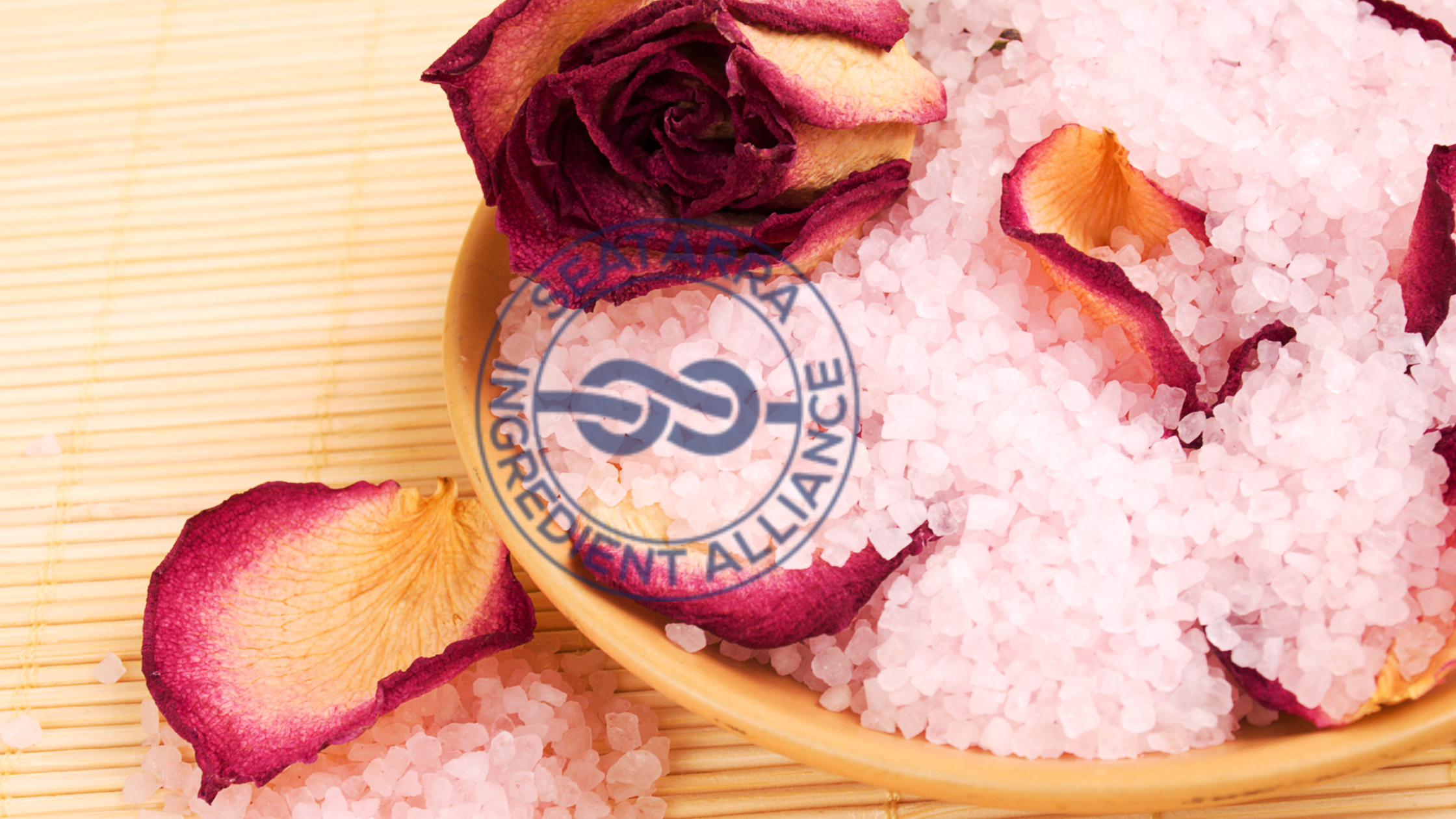
Botanical Baths: Soaking in Nature’s Soothing Secrets
In the rhythm of modern life, where the lines between work and rest often blur, finding sanctuary becomes not just a luxury but a necessity. Among the myriad ways to seek solace and rejuvenation, botanical baths stand out as a profoundly holistic practice. This ancient ritual, deeply rooted in the traditions of many cultures around the world, offers more than just cleanliness—it’s a therapeutic embrace, where water and plants unite to heal, soothe, and restore. As we explore the secrets of botanical baths, we uncover a path back to nature, to its rhythms and remedies, revealing how soaking in nature’s bounty can be a gateway to renewed health, vitality, and peace.
1. The Essence of Botanical Baths: A Healing Journey
Botanical baths harness the essence of herbs, flowers, and minerals, blending their properties with the soothing nature of warm water. This practice transcends the physical act of bathing, becoming a meditative ritual that engages all the senses. The fragrance of lavender, the silkiness of rose petals, the invigorating zing of peppermint—each element contributes to a multi-sensory experience that nourishes the soul as much as the skin.
2. Lavender: The Soothing Symphony
Lavender, with its delicate flowers and ethereal scent, is a herald of relaxation. Revered for its ability to calm the mind, alleviate stress, and usher in sleep, lavender in a bath is like a lullaby for the body. Its anti-inflammatory properties also make it a balm for the skin, soothing irritation and promoting healing.
3. Chamomile: The Gentle Embrace
Chamomile, with its sunny disposition and apple-like aroma, brings a gentle strength to botanical baths. Known for its anti-inflammatory and calming effects, it’s particularly beneficial for sensitive or irritated skin. A chamomile bath is a soft embrace, reducing redness and calming the spirit, a testament to the herb’s enduring use as a remedy for relaxation.
4. Epsom Salt: The Mineral Marvel
While not a botanical, Epsom salt is a crucial ally in the botanical bath ritual. Its rich magnesium content helps to relax muscles, reduce inflammation, and eliminate toxins. Combined with herbs and flowers, Epsom salt becomes part of a potent therapeutic blend that supports the body’s natural healing processes.
5. Rose Petals: The Luxurious Soother
Rose petals, symbols of love and beauty, infuse bathwater with a host of skin-loving benefits. Their natural oils hydrate and tone the skin, while the act of floating in a bath scattered with petals adds an element of luxury and indulgence. The astringent properties of roses help to tighten pores and restore suppleness, making every bath a rejuvenating ritual.
6. Peppermint: The Vitality Booster
Peppermint, crisp and cool, invigorates the senses and revitalizes the skin. Its cooling effect is a balm for tired, aching muscles, while its stimulating properties boost circulation, bringing a rush of energy to the weary. A peppermint bath is a wake-up call, refreshing and energizing, perfect for starting or ending a day with a burst of natural vitality.
7. Green Tea: The Antioxidant Bath
Green tea, rich in polyphenols, transforms water into an antioxidant soak. Its catechins fight free radicals, protecting the skin from aging and environmental damage. The gentle detoxifying effect of a green tea bath, coupled with its anti-inflammatory benefits, makes it a soothing, skin-protective ritual.
8. Oatmeal: The Skin’s Comfort Food
Oatmeal, with its humble origins, emerges as a hero for irritated, itchy skin. Colloidal oatmeal, finely ground and dispersed in water, forms a milky, soothing soak that alleviates dryness and discomfort. Its natural saponins cleanse gently, while its polysaccharides leave a protective, hydrating film on the skin, embodying the healing power of simplicity.
Creating Your Botanical Bath: A Ritual of Self-Care
Embracing botanical baths as a regular practice invites a reconnection with the natural world and with oneself. It’s an act of self-care that goes beyond skincare, touching on the spiritual, the sensual, and the sacred. To create your botanical bath:
- Select Your Botanicals: Choose herbs and flowers that resonate with your current needs, whether for relaxation, revitalization, or healing.
- Prepare Your Space: Set the mood with candles, soft music, and perhaps a book or a cup of herbal tea, creating a sanctuary in which to unwind.
- Infuse and Soak: Add your botanicals directly to the bathwater, in a muslin bag, or infuse them into oils or salts. Then, step in, soak, and let the healing begin.
Conclusion: The Transformative Power of Botanical Baths
Botanical baths offer a journey back to nature, to a time when healing was intertwined with the rhythms of the earth. This practice invites us to slow down, to breathe deeply, and to immerse ourselves in the healing power of water and plants. As we soak in the soothing secrets of botanicals, we are reminded that true wellness encompasses body, mind, and spirit. In the sanctuary of our baths, we find not just cleanliness but renewal, emerging refreshed, revitalized, and reconnected to the simple, profound joys of life.



